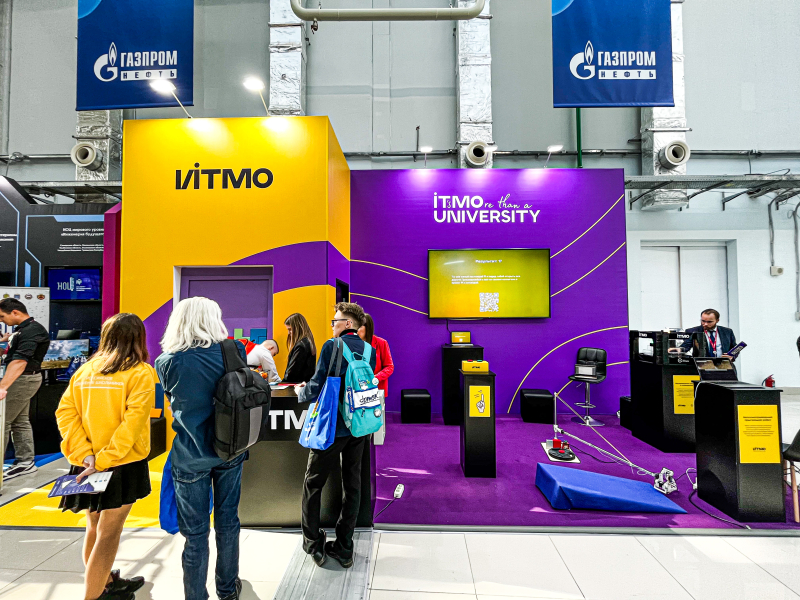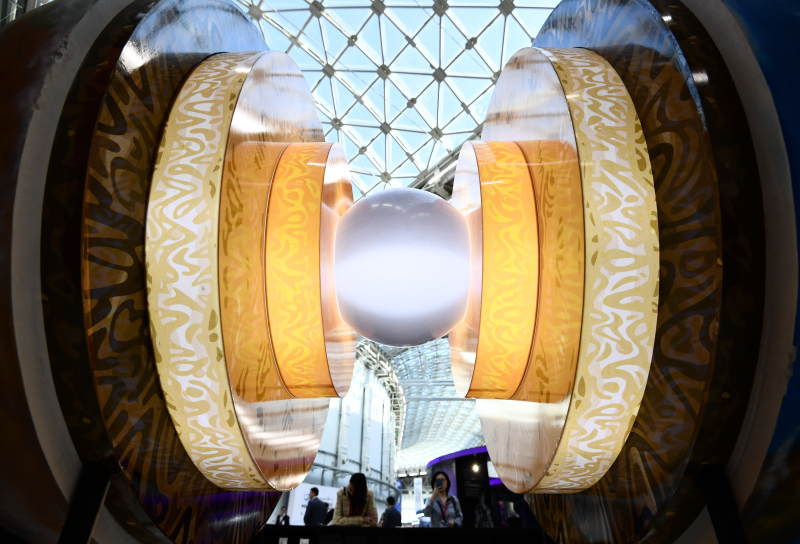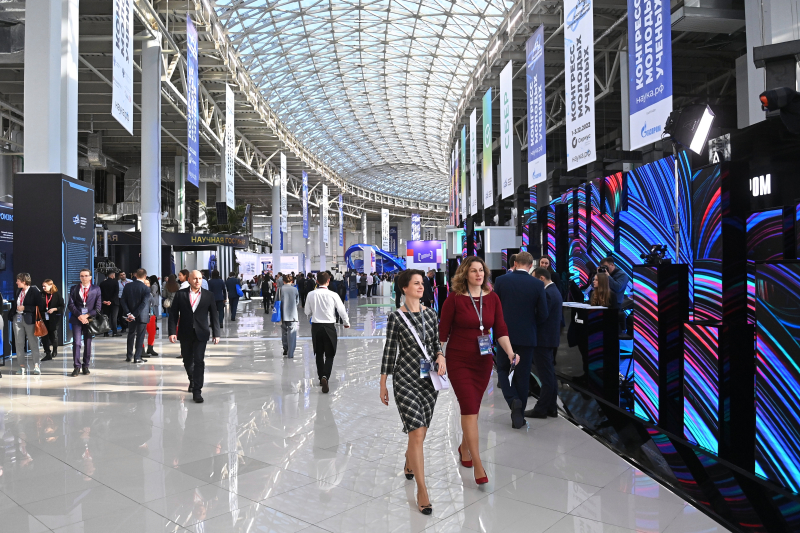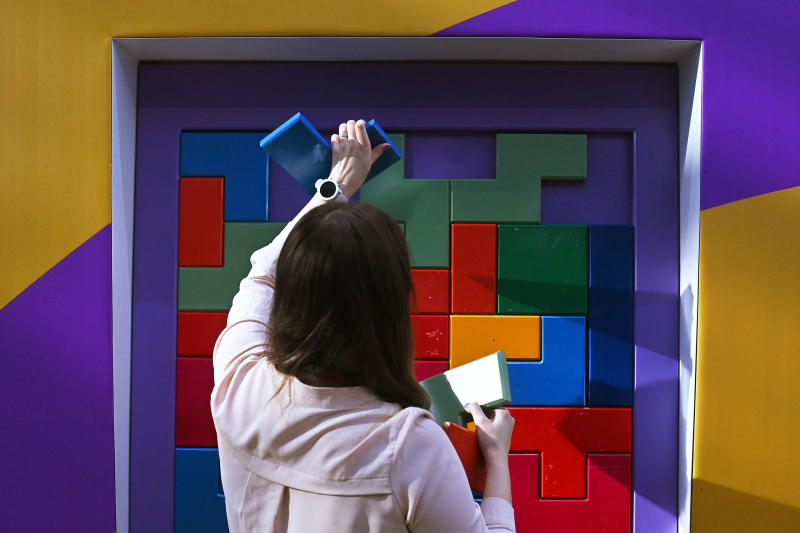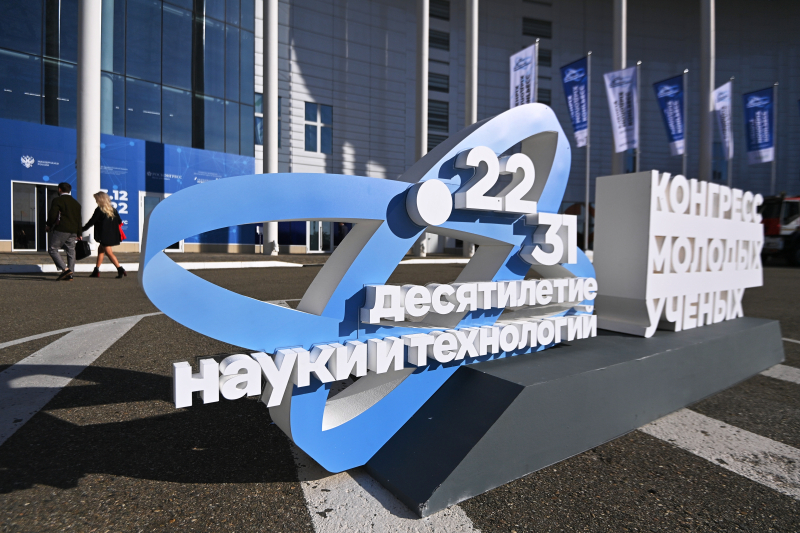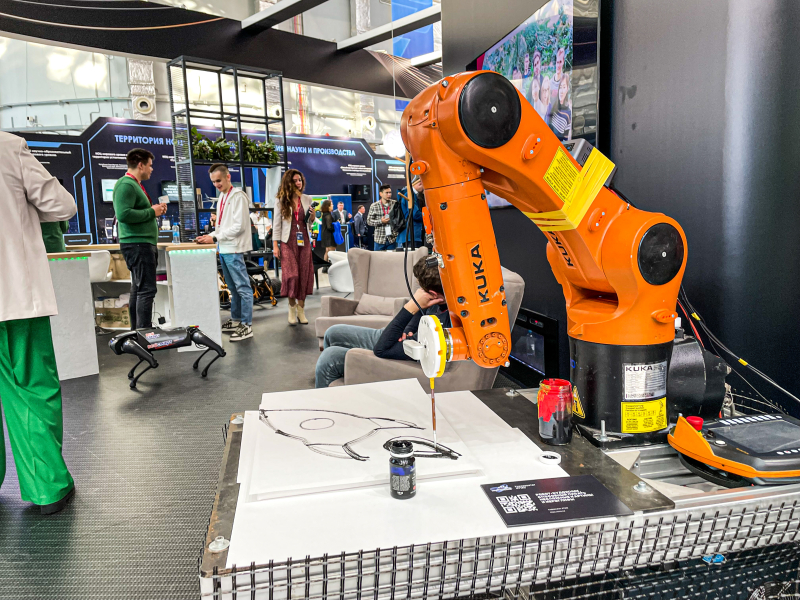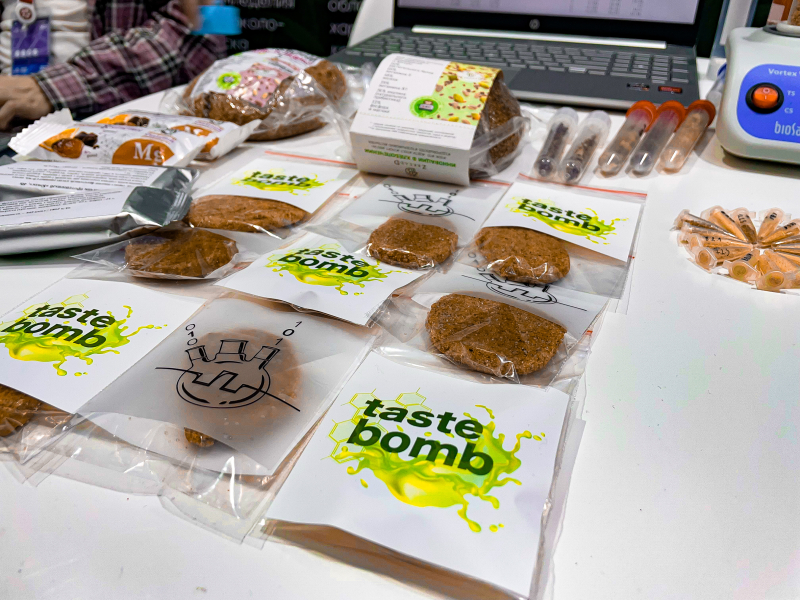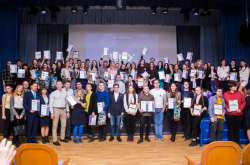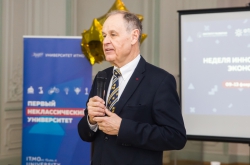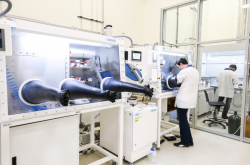This year, the Congress of Young Scientists showcased a collection of fiction-like projects: a robot cat, an exoskeleton, and even a smart cookie packed with nutrients. It welcomed thousands of participants, including school and university students, young researchers, representatives of scientific organizations and authorities, as well as technology entrepreneurs, who came together to discuss the key issues of Russian science, from science and business collaborations to digitalization and more.
On December 1, Marina Muzyka, the head of the office for support of educational programs and projects of the Faculty of Technological Management and Innovations, elaborated on the future of digital art, whereas on December 2 Konstantin Fursov, the deputy head of research and education at the Polytechnic Museum and an associate research professor at ITMO, and Daria Denisova, the head of ITMO’s Center for Science Communication, will explain how sociology of science can help build a dialog between science and business.
Aside from public talks, the congress will feature an exhibition of research and technological achievements, among which are the applied projects of the university’s researchers displayed at the congress’s science hall, the stands of the university itself and the Ministry of Science and Higher Education.
Next-gen wireless chargers
No more sockets and wires? The researchers from ITMO’s School of Physics and Engineering presented a new type of wireless chargers – boxes with uniformly distributed magnetic fields that can charge up to three devices simultaneously. Characterized by a greater coverage, the technology can charge gadgets located anywhere in the box.
Another achievement of the school is a smart table that can charge devices with different power transfer standards. All thanks to a brand-new metasurface that can transmit energy at several frequencies to different devices simultaneously, regardless of their position on the surface.
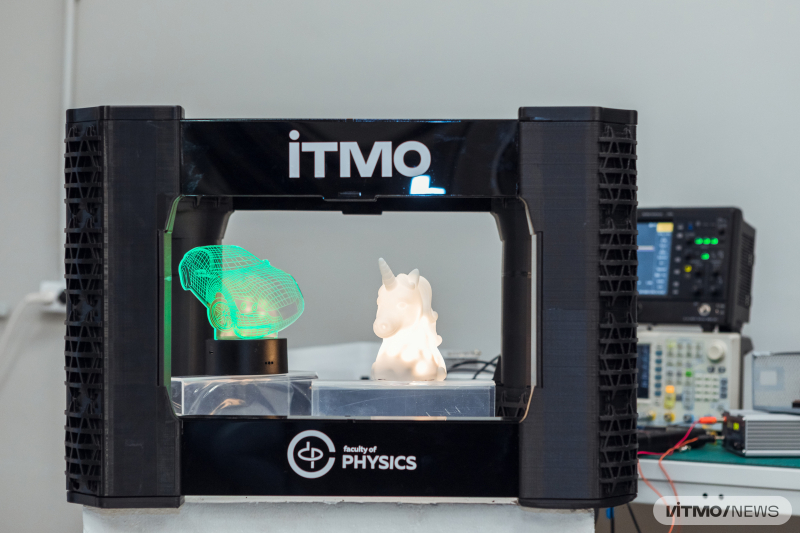
The next-gen wireless charger developed at ITMO. Photo by Dmitry Grigoryev / ITMO.NEWS
Robot kangaroos and artists
The scientists from the International Laboratory of Biomechatronics and Energy-Efficient Robotics showcased a prototype of a hopping robot with unconventional morphological features that make it similar to a kangaroo. Among the technology’s strengths are high energy efficiency, flexibility, not to mention an ability to overcome obstacles on rough terrain.
A simple image or a custom hieroglyph can be purchased from Gaka-Chu, a robot artist who creates and sells NFT art, the proceeds from which go to purchasing consumables: paints, canvases, and brushes.
Staying connected over land and sea
Scientists also tried to solve the issue of network connection around the world with their new repeater that redirects a signal from a base station to a user, thus expanding the coverage of 5G networks, while identifying a user’s location with a camera.
Another solution to the problem is a fiber-optic sensor created by the university’s team from the Higher School of Engineering and Technology. While the signal in fiber-optic cables tends to get weaker the longer they are, this sensor can help maintain and improve the signal both on land and underwater.
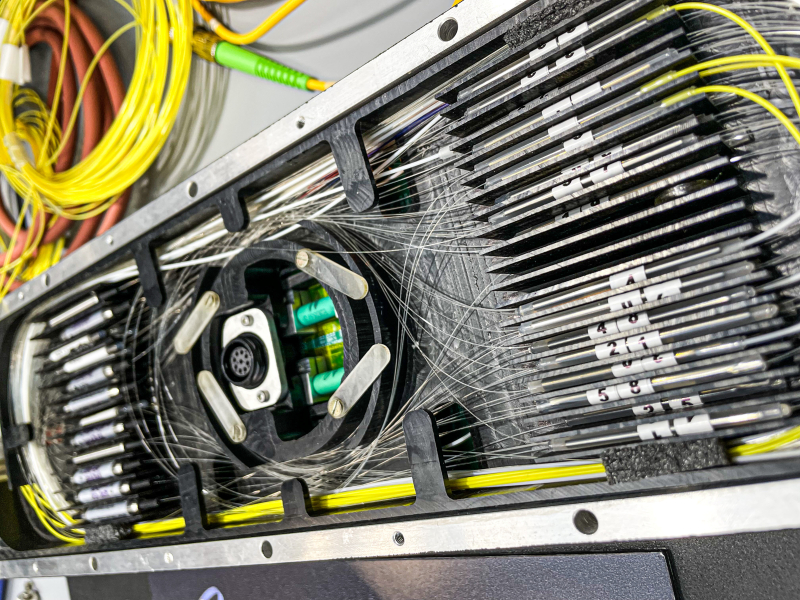
A fiber-optic sensor. Photo by Zayana Takaeva / ITMO.NEWS
Safe and wholesome food
Researchers from ITMO’s Infochemistry Scientific Center invite participants to try out smart cookies, bread, and bars made of basidiomycetes – food additives of fungal origin that accumulate such healthy microelements and bioactive substances as magnesium, zinc, and selenium. The product does wonders reducing cholesterol levels and cholesterol plaque buildup.
This smart pastry goes well with milk that scientists scanned for antibiotics with the help of a mobile electrode system. All you need to do is to lower a handle with electrodes connected to a potentiostat into the liquid, and within 10 minutes you’ll know whether the antibiotic content in the milk is exceeded or not.
For other products, you can use a mobile electrochemical sensor platform that detects antibiotics, bacteria, and viruses in 15 minutes instead of 72 hours.
Trying yourself as PI
At ITMO’s stand, you can not only explore the university’s advances in science and technology but also learn from experience what’s like to be a principal investigator (PI), assemble your own team, lead cutting-edge research project, and create MVPs – all by playing an interactive game that includes 15 questions. Say, you’re about to write a paper describing a neural network and its behavior. What will you do? Talk to the developers and analysts or try to think like a neural network?
Participants can also play a giant game of Tetris to win a special prize. The current record is 1 minute and 40 seconds. Yet the participants can still add their names to the winner’s list by joining the game before December 3. The stand-up show Quantum Potential will for the first time take place outside St. Petersburg on December 2. At the show, scientists talk about their work with humor and irony.
